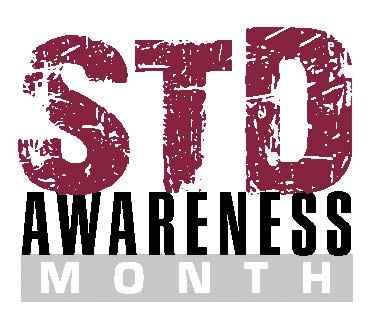|
Find the NCC on Facebook!

To follow the NCC, simply visit our page and click the "like" button. Don't forget to share it with your friends and colleagues!
| | |
|
|
|
|
Dear Colleague,
Welcome to NCC News. This online newsletter is designed to keep you up-to-date on the NCC and share news, research, and resources related to chlamydia, STDs, and sexual health. Feel free to share this with your colleagues who also may find it of use.
|
 |
CDC Releases Lifetime Risk for HIV
|
The graphs show enormous disparities in lifetime risk by sex, mode of transmission, and race/ethnicity. Among transmission groups, men who have sex with men had the highest lifetime risk (1 in 6) and heterosexual men had the lowest (1 in 473). When factoring in race/ethnicity, African American men who have sex with men have a 1 in 2 chance of being diagnosed in their lifetime. The CDC also released a graph displaying lifetime risk by state. The highest risk clustered in the south, plus New York and New Jersey. The lowest lifetime risk was found in the mountain states and parts of the Midwest and New England.
|
 |
High School Girls Using LARCs Are Less Likely to Also Use Condoms
|
A new study has revealed that high school girls using long-acting  reversible contraceptives (LARCs) were less likely to also be using condoms than girls who used oral contraceptives. The study examined data from the 2013 Youth Risk Behavior Survey and included 2,288 sexually active girls. Less than 2% used a LARC while 22.4% used oral contraceptives, 40.8% used condoms, and 15.7% used no contraception. When compared to girls using oral contraceptives, those using a LARC were 60% less likely to also use a condom. The study shows a need for better messaging around dual protection among adolescents so those who choose a LARC method are not putting themselves at risk for an STI. This study was published in JAMA Pediatrics.
|
|
|
Upcoming Webinar: 2015 STD Treatment Guidelines in Spanish
|
On Tuesday, April 5th a webinar will be held in Spanish that provides an overview of the 2015 STD Treatment Guidelines. The guidelines, released in June 2015, include updated testing, treatment, and diagnosis recommendations. The webinar targets clinical providers (physicians, nurses, advanced practice nurses, and physician's assistants) who provide STD services. Continuing medical and nursing education credits are available. To register for the webinar, click here.
|
|
|
Resources to Promote STD Awareness Month
|
 Next month is STD Awareness Month and the CDC has resources available to help individuals, health care providers, and organizations spread the word. The theme of the month is Talk. Test. Treat. to illustrate the need for communication, screening and testing, and treatment. Resources available include sample social media for each of the four weeks in April, videos and podcasts, resources for providers, fact sheets in different languages, infographics, and banners and buttons. On April 14th, a Thunderclap is scheduled. To sign up, visit https://www.thunderclap.it/projects/38803-stdmonth16-talk-test-treat. Next month is STD Awareness Month and the CDC has resources available to help individuals, health care providers, and organizations spread the word. The theme of the month is Talk. Test. Treat. to illustrate the need for communication, screening and testing, and treatment. Resources available include sample social media for each of the four weeks in April, videos and podcasts, resources for providers, fact sheets in different languages, infographics, and banners and buttons. On April 14th, a Thunderclap is scheduled. To sign up, visit https://www.thunderclap.it/projects/38803-stdmonth16-talk-test-treat.
|
|
|
New Study Examines Sexual Practices of MSM and Risk of STIs
|
Rates of STIs are rising among men who have sex with men, yet little research has been done on the sexual practices that are associated with STIs, outside of anal sex. In a recent study, researchers surveyed 235 men at an STD clinic who reported having sex with a man in the past year. Among the 235 men, 35% tested positive for an STI and 17% had HIV. Behaviors associated with being HIV positive were fisting (5 times more likely to be HIV positive) and enema use (4 times more likely). Men who reported fisting, enema use, and use of penetrative sex toys were all significantly more likely to be infected with chlamydia, gonorrhea, or syphilis than men who did not report engaging in those behaviors. This study, published in the Journal of Sexual Medicine, can help inform prevention messages around these other sexual behaviors.
|
|
|
Important Dates for 2016 STD Prevention Conference
|
The call for abstracts for the 2016 STD Prevention Conference closes on Monday, April 25 at 11:59 pm PST. Registration will open on May 1 and the deadline for early registration is August 12. Standard registration will end on September 19. A discounted registration rate is available for members for ASTDA, NCSD, ASHA, and PHAC and for all Federal staff.
|
|
|
|
|